What Are Massage Balls and Their Benefits?
Massage balls are small, typically spherical tools used for self-massage, designed to apply pressure to muscles and fascia to relieve tension and knots. They are great for targeting trigger points and can be used at home, making them a cost-effective alternative to seeing a massage therapist. Benefits include improved blood circulation, reduced muscle soreness, and enhanced flexibility, which can help with recovery after exercise and daily activities.
How to Use a Massage Therapy Ball Effectively
Start with gentle pressure and gradually increase as needed. For the back, lie on the floor and roll the ball under the area, focusing on tight spots for 30-60 seconds. For the neck, use the ball against a wall, gently rolling to avoid the spine. For feet, sit and roll the ball under your foot, applying pressure to the arch for conditions like plantar fasciitis. Always use on a soft surface and avoid inflamed or injured areas.
Unexpected Detail: Versatility in Materials
An interesting aspect is the variety of materials, such as foam for beginners, rubber for deeper tissue massage, and cork for sensitive skin, each offering unique benefits based on user comfort and the area being massaged.
Survey Note: Comprehensive Guide on Using Massage Therapy Balls for Self-Care
This detailed guide explores the use of massage balls, a versatile tool for self-care, particularly for individuals seeking to improve their appearance and health through effective self-massage techniques. The content is structured to provide a thorough understanding, optimized for search engines, and tailored to readers interested in practical, at-home solutions for muscle tension and pain relief.
Introduction and Relevance
Massage balls have gained popularity as an accessible self-massage tool, especially for those looking to maintain health and appearance without frequent visits to a professional massage therapist. The relevance lies in their ability to address common issues like muscle tightness, soreness, and stiffness, which can affect daily comfort and physical performance. This blog post, written from the perspective of an informative self-care blog, aims to guide readers through the what, why, and how of using a massage ball, ensuring clarity and engagement.
Understanding Massage Balls: Definition and Purpose
A massage ball is a small, typically spherical device used for self-massage and myofascial release, targeting muscle groups and connective tissue to alleviate tension. It is particularly effective for addressing trigger points, those localized knots or tight bands within muscles that can cause pain. According to The Physio Company, massage balls are affordable, portable, and promote self-sufficiency, making them ideal for use anywhere, from home to travel.
The purpose extends beyond mere relaxation; research from Physioroom suggests they facilitate myofascial release, breaking down adhesions and improving blood circulation, which is crucial for recovery and flexibility. This aligns with the needs of readers looking to enhance their physical well-being and appearance through regular self-care routines.
Benefits of Using a Massage Ball
The benefits are multifaceted, catering to both physical and mental health. Epitomie Fitness highlights that massage balls help alleviate tightness in tendons, ligaments, and fascia, key to preventing injury and increasing performance, especially for athletes. They stimulate blood flow, aiding healing and relieving soreness, which is essential for post-workout recovery. Additionally, they promote relaxation, reducing stress and improving sleep by easing muscle tension, as noted in The Alignment Studio.
Specific advantages include:
- Relieving muscle tension and pain, particularly in tight areas like the back and shoulders.
- Enhancing flexibility and range of motion, beneficial for daily activities and exercise.
- Providing targeted pain relief for conditions like trigger points and knots, offering a deep-tissue massage effect.
- Supporting recovery after physical activity, reducing soreness and speeding up healing processes.
Types of Massage Balls: Options for Every Need
Massage balls come in various forms, each suited to different purposes and user preferences. Standard round balls, such as tennis balls and lacross balls, vary in hardness and size, with foam balls being softer and ideal for beginners, as per Rawlogy. Peanut-shaped balls are designed for harder-to-reach areas like the upper back, offering a unique shape for better control. Spiky balls, with their textured surface, provide a more intense massage, stimulating blood flow and releasing tension, according to Physix Gear Sport.
Materials also play a role; foam is gentler, rubber offers firmer pressure for deep tissue work, and cork is antimicrobial, suitable for sensitive skin. Sets with different sizes, often referred to as a massage ball set, allow users to choose based on the muscle group and desired intensity, enhancing versatility.
Step-by-Step Guide: How to Use a Massage Ball
Using a massage ball effectively requires starting with gentle pressure and gradually increasing as the body adapts. Below is a detailed breakdown for common problem areas, based on techniques from wikiHow:
|
Body Part
|
Technique
|
Ball Type Recommendation
|
Additional Notes
|
|
Back and Shoulders
|
Lie on the floor, place ball under the area, roll body to move ball, hold on tight spots for 30-60 seconds
|
Standard round, peanut-shaped
|
Focus on trigger points, avoid spine, use wall for assistance if needed.
|
|
Neck
|
Stand or sit, place ball between neck and wall, gently roll head, avoid direct spine pressure
|
Smooth ball, softer density
|
Ensure relaxation, do not push to pain, as per
The Alignment Studio
|
|
Feet
|
Sit, place ball under foot, roll back and forth from toes to heel, apply pressure on arch
|
Spiky ball for firmer massage
|
Target plantar fascia for relief, hold on sore spots, use body weight for pressure.
|
|
Legs (Calves, Thighs)
|
Sit on floor, place ball under calf or thigh, roll leg, apply deeper pressure with body weight, hold tight spots
|
Foam or rubber, depending on tightness
|
Useful for post-workout recovery, avoid joints, as per
Physioroom
|
General tips include using the ball on a soft surface like a yoga mat to protect the body, and experimenting with positions (floor, wall, chair) for comfort. For example, rolling out tight muscles in the upper back can be done against a wall, while foot massage is often done seated.
Safety Precautions and Best Practices
Safety is paramount when using a massage ball. Always consult a doctor if you have medical conditions or injuries, and avoid using the ball on inflamed or injured areas to prevent worsening. Do not apply excessive pressure, especially as a beginner, to avoid pain or bruising. The Physio Company advises taking breaks between sessions to avoid overstimulation, and ensuring the ball is easy to clean for hygiene.
Personal Experience and Authenticity
As someone who has integrated massage balls into my routine, I’ve found them particularly helpful for relieving tightness in my back and shoulders after long workdays. The ability to self-treat hard-to-reach areas, like between the shoulder blades, has been a revelation, offering a sense of control and relaxation that complements my overall self-care practices.
Conclusion and Call to Action
In summary, massage balls are a versatile, cost-effective tool for managing muscle tension, improving flexibility, and aiding recovery. By following the steps outlined, readers can incorporate this practice into their daily routine, enhancing their health and appearance. I encourage you to try using a massage ball today, experiment with different types, and share your experiences in the comments below for further discussion and insights.
The eyelash curler is an indispensable tool for creating an expressive look and giving your eyelashes a beautiful curved shape. With it, you can easily and quickly achieve the effect of long and voluminous eyelashes that will emphasize the beauty of your eyes! You can buy this device at the best price in our store.
Key Points
- Research suggests massage balls are effective for self-massage and myofascial release, helping relieve muscle tension and pain.
- It seems likely that using a massage ball can improve flexibility, aid post-workout recovery, and target specific trigger points.
- The evidence leans toward different types, like standard, peanut-shaped, and spiky balls, being suitable for various body parts and needs.

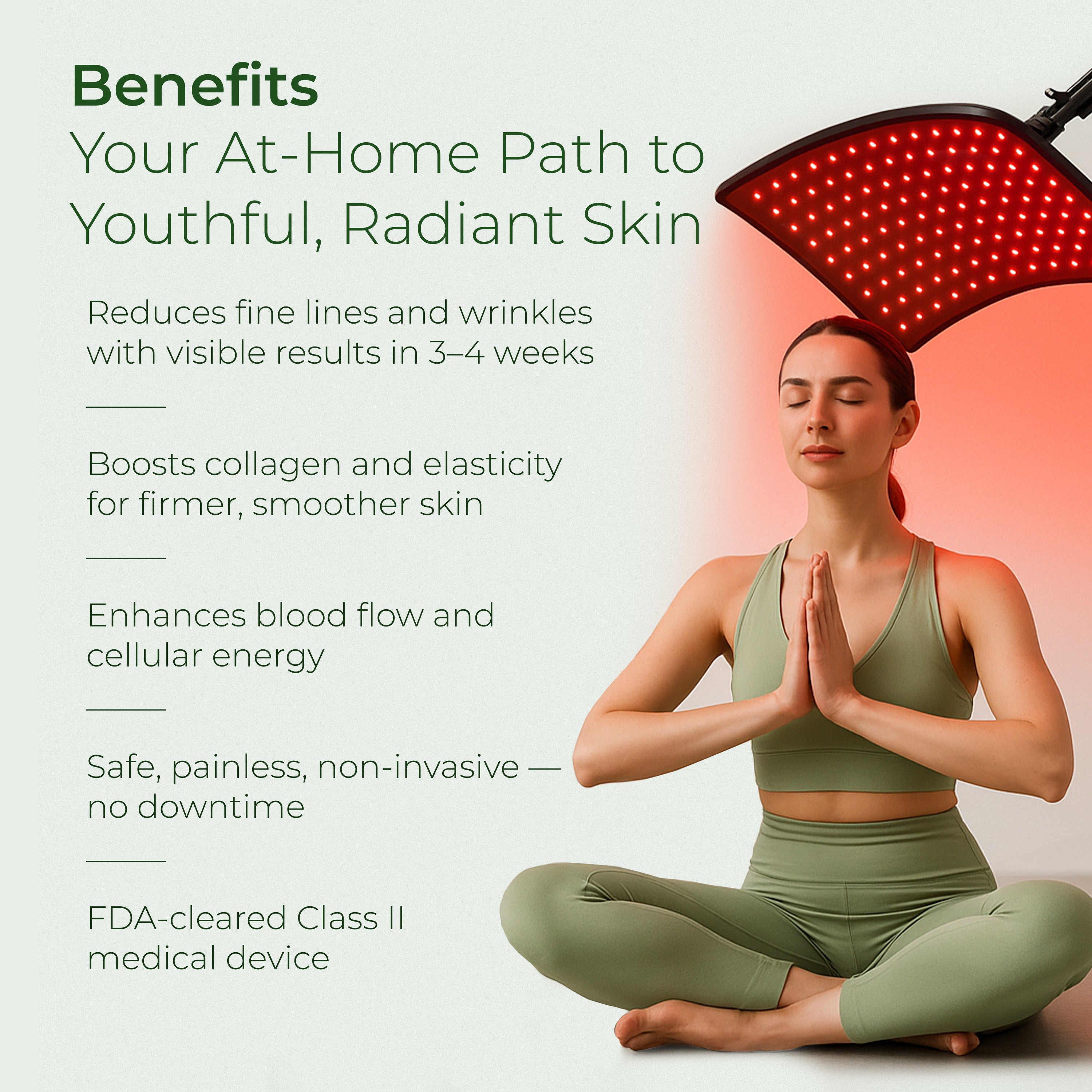
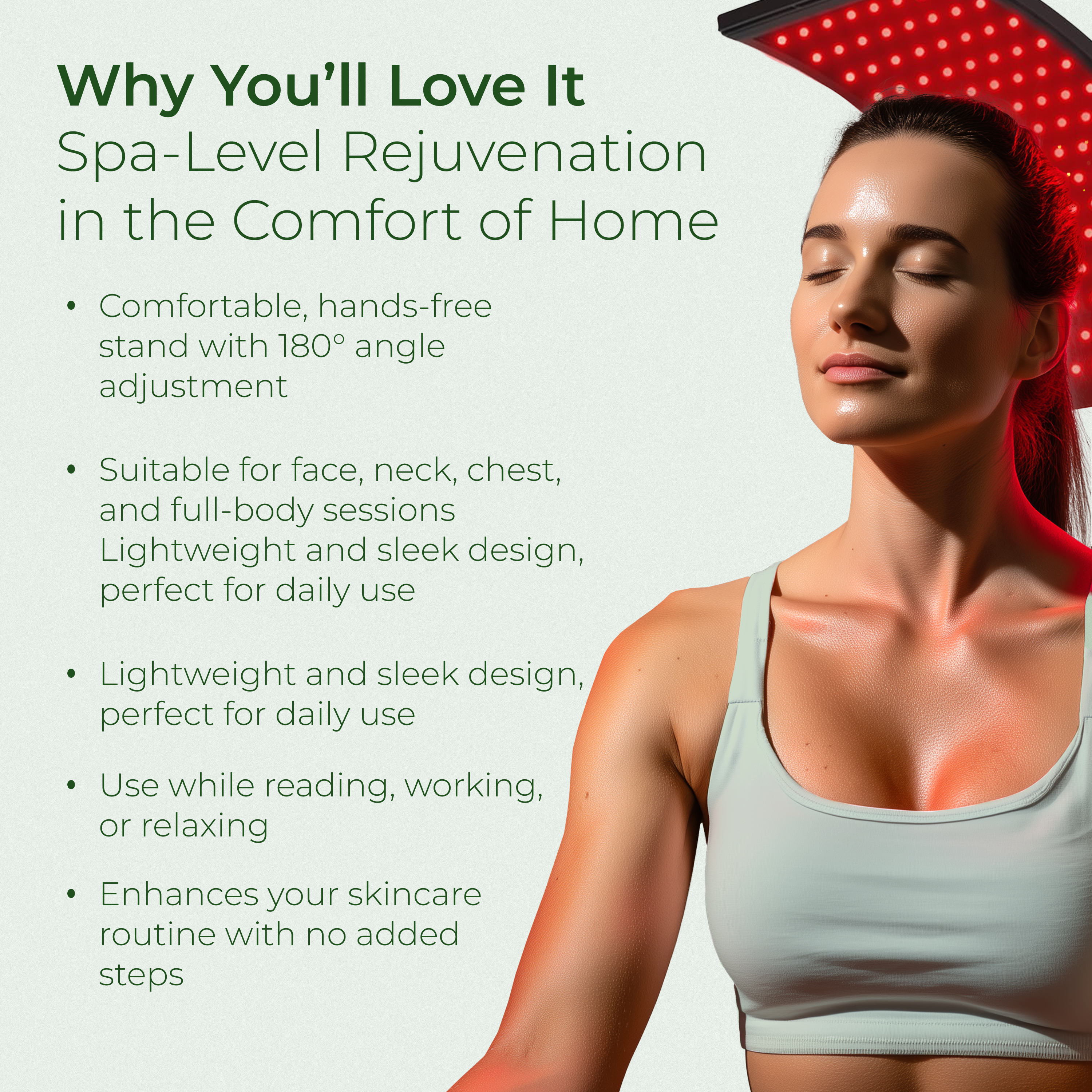

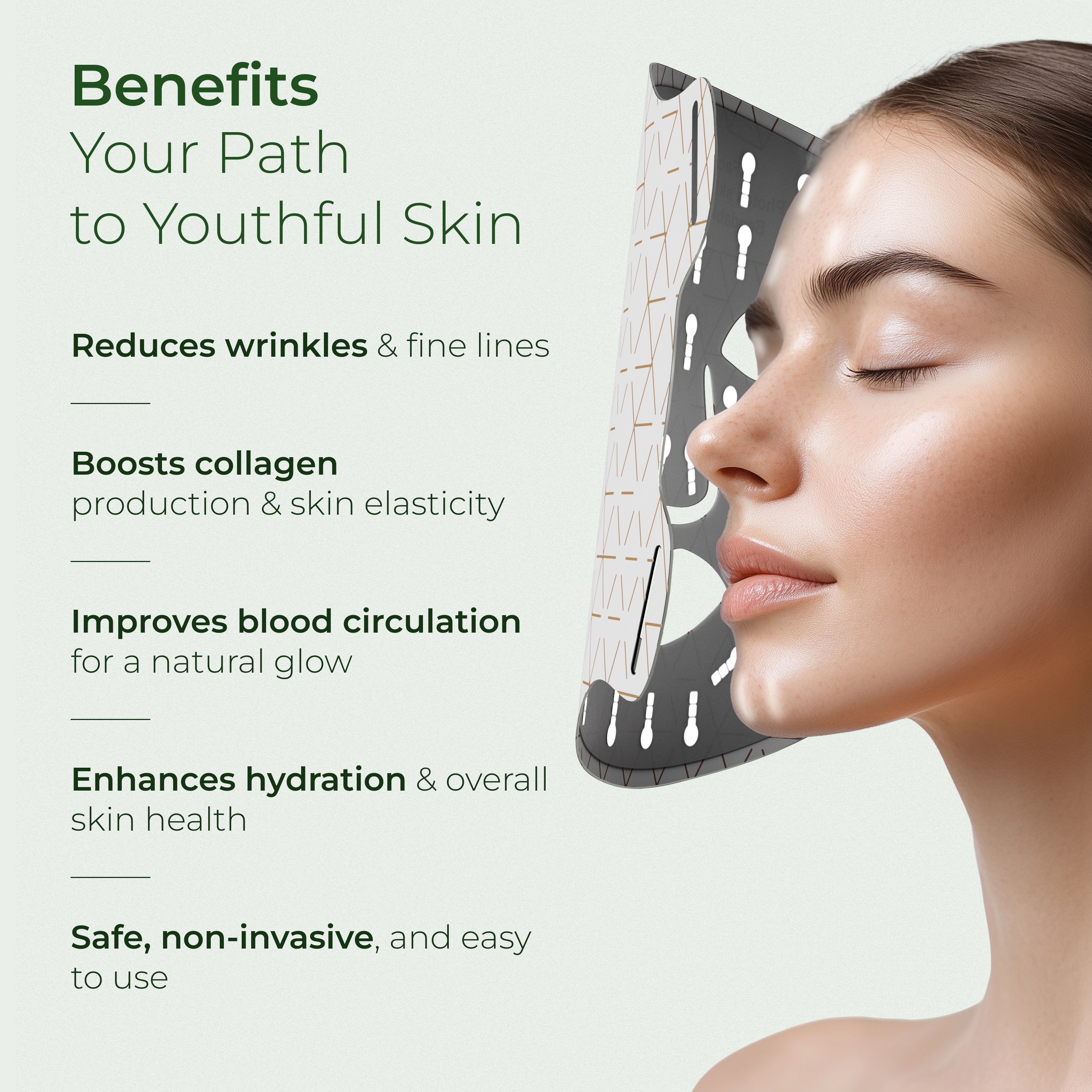


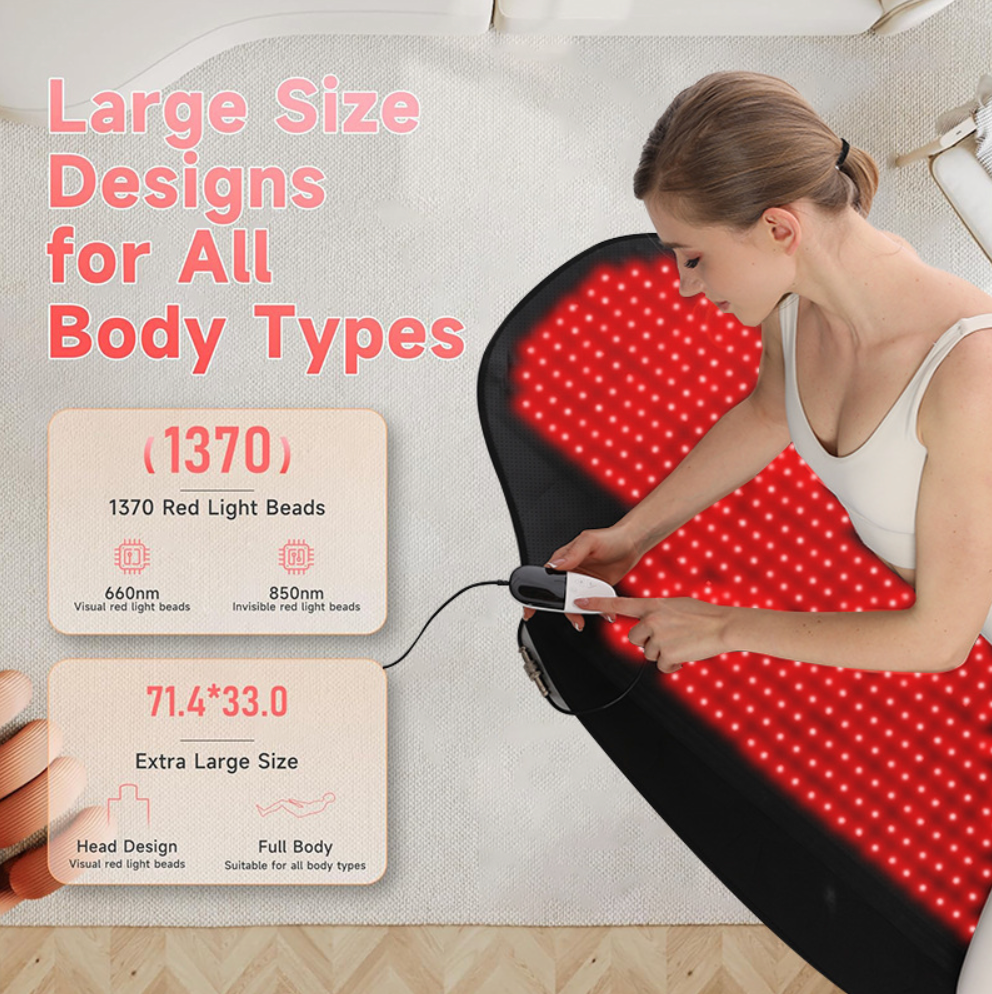
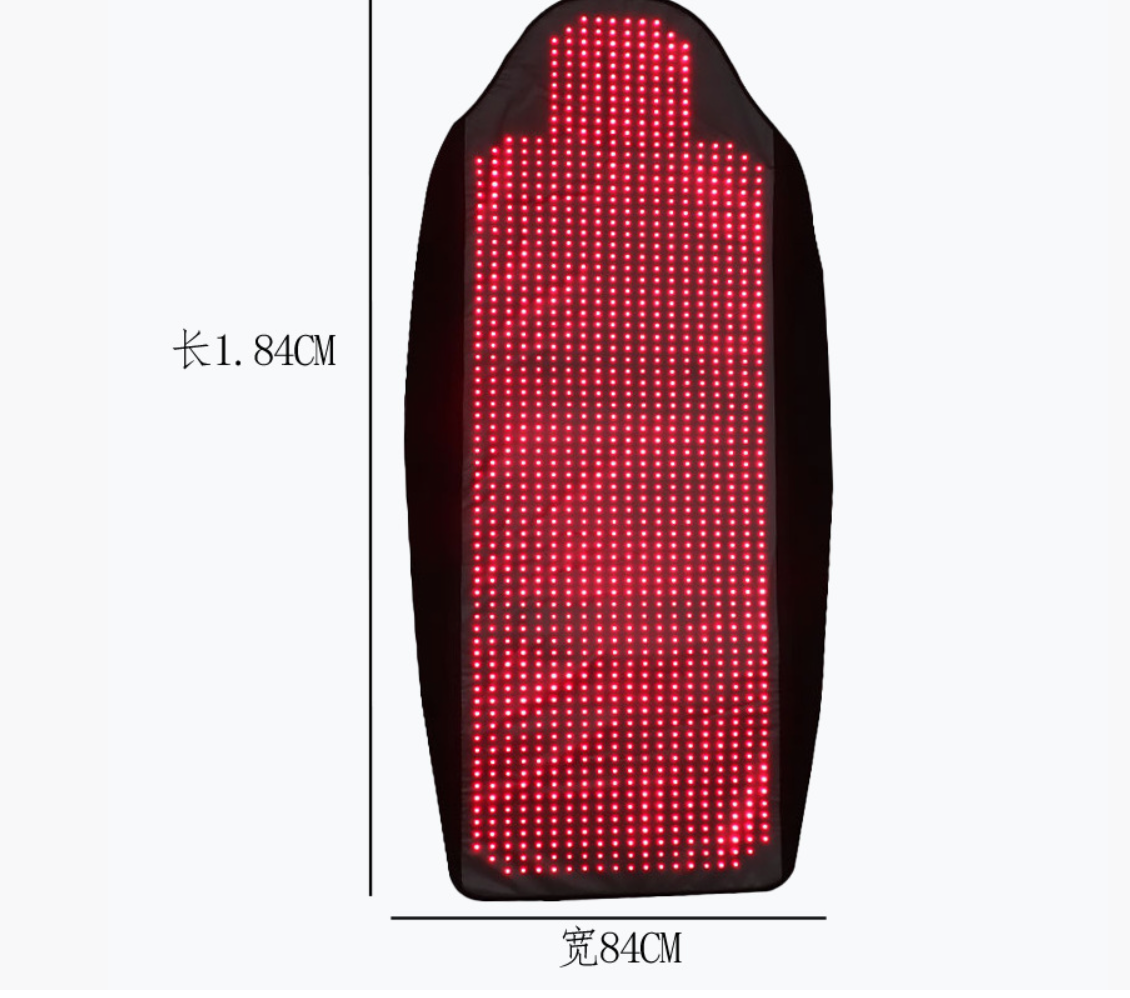

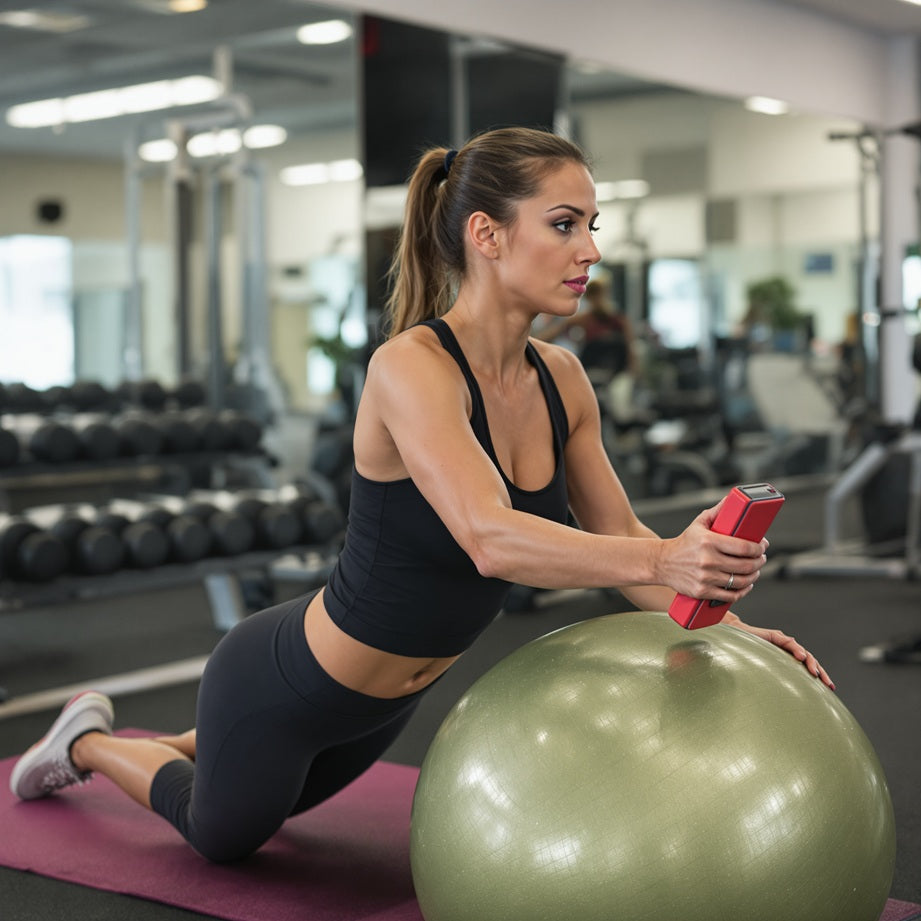
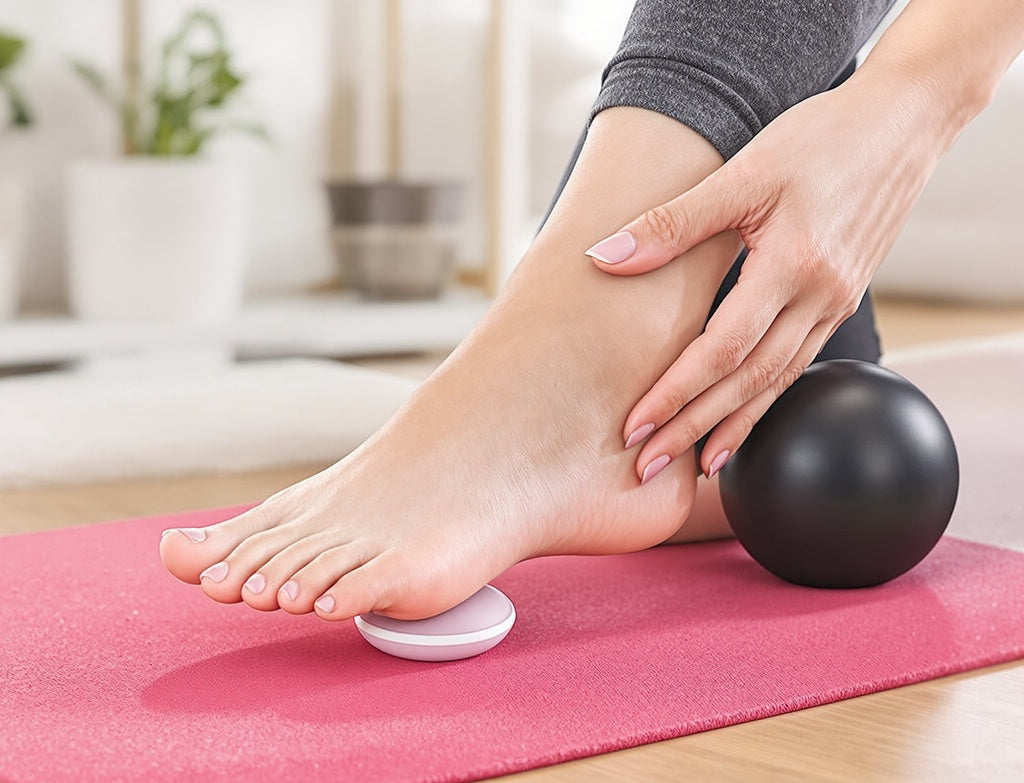
Leave a comment
This site is protected by hCaptcha and the hCaptcha Privacy Policy and Terms of Service apply.